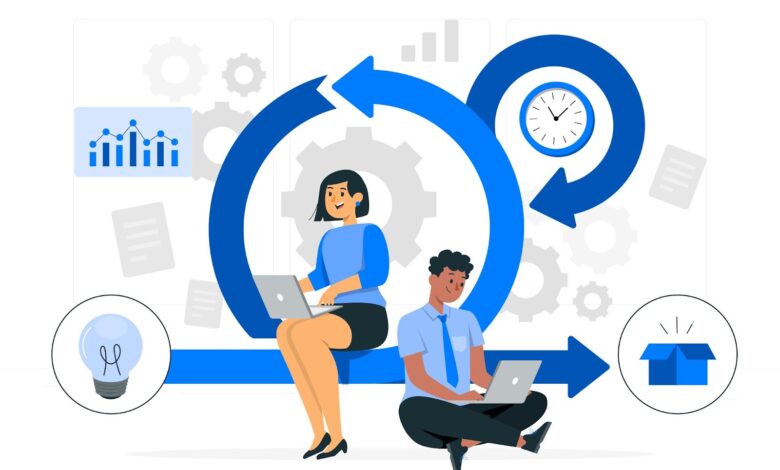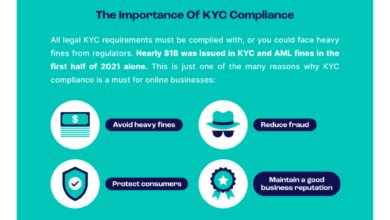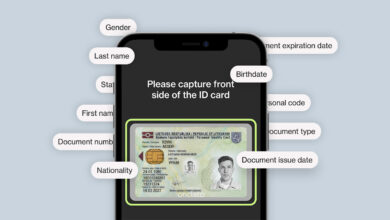Unveiling SaaS Customer Lifecycle Management for Sustainable Business Growth

To achieve long-term, sustainable success in the dynamic business climate of today, retaining current clients is just as crucial as acquiring new ones.
Ever since the advent of Software as a Service (SaaS) solutions, companies have possessed an essential collection of instruments for effectively overseeing the whole customer lifetime.
SaaS Customer Lifecycle Management (CLM) is an essential strategy that helps businesses attract new customers while maintaining relationships that lead to growth and retention.
Comprehending the SaaS Customer Lifecycle
The SaaS customer lifecycle depicts the journey a customer takes from the first point of contact with a company’s product or service through several stages of engagement, retention, and potential advocacy.
The following steps usually comprise its lifecycle:
- Acquisition: Using marketing strategies, strong value propositions, and effective onboarding procedures, prospective clients are drawn in during the first phase of the business. This is the beginning of the customer’s interaction with the SaaS product or service.
- Onboarding and Activation: It is vital to guarantee a smooth onboarding procedure for recently acquired clients. During this phase, the main goals are to help customers realize the benefits of the product, assist them in achieving their goals, and activate essential features to increase user engagement.
- Adoption and Engagement: It’s critical to promote regular usage and engagement as clients get to know the product. To increase acceptance rates and encourage deeper involvement, this phase entails giving continuous value, offering assistance, and enhancing the user experience.
- Retention: Customer retention is essential to long-term, sustainable growth. Effective SaaS CLM employs techniques to reduce churn rates by consistently providing value, quickly resolving issues, and fostering enduring bonds with clients to maintain their satisfaction and loyalty.
- Extension: There is room for growth after retention. The main goals of this phase are to maximize customer lifetime value (CLV), meet changing customer demands, and upsell or cross-sell further products or services.
- Advocacy: Happy and involved consumers frequently turn into brand ambassadors. They build company reputation and draw in new customers by sharing pleasant experiences, referring others, and offering testimonials.
Using SaaS CLM to Advance Your Business
The following are the main tactics and advantages that companies may use to achieve long-term client connections and promote sustainable growth through the use of SaaS CLM:
- Customized Experiences for Customers
SaaS CLM solutions give enterprises the ability to collect and thoroughly analyze consumer data. By utilizing this data, it is possible to provide more individualized experiences by better understanding consumer behavior, preferences, pain areas, and trends. Customer happiness and loyalty are greatly increased by personalized interactions, targeted offers, and tailored messages.
- Easy User Engagement and Onboarding
User retention is greatly influenced by a simple onboarding process and continuous assistance and direction. With the use of proactive communication, lessons, and feature highlights, SaaS CLM products help organizations enhance onboarding experiences and foster deeper engagement by providing insights into user behavior.
- Data-Informed Decision Making
The foundation of the SaaS CLM strategy is data. Businesses may make well-informed decisions by gaining actionable insights into customer demands through the analysis of customer data at different phases of the customer lifecycle. This data-driven strategy helps to maximize the effect of customer interactions, product feature refinement, and marketing campaign optimization.
- Proactive Client Assistance and Feedback Cycles
In SaaS CLM, proactive customer support systems are essential. A sense of worth and significance is fostered by promptly resolving problems, aggressively seeking out client feedback, and acting upon ideas from them. Continuous improvement is made possible by using feedback loops, which guarantees that the good or service continues to meet changing client needs.
- Flexibility and Scalability
SaaS CLM solutions are flexible and scalable, making them suitable for companies of all sizes. These platforms are designed to meet the demands of both startups and established businesses, offering customized features and flexible functionalities to suit different company requirements and growth paths.
The Future of SaaS CLM
SaaS CLM has a bright future ahead of it as consumer demands rise and technology advances.
The fields of machine learning (ML) and artificial intelligence (AI) are about to undergo even more revolutionary changes that will impact customer lifecycle management.
Automation, AI-driven customization, and predictive analytics will all be essential to improving each stage of the customer journey.
Conclusion
In the current competitive scenario, SaaS Customer Lifecycle Management is a critical component of sustainable corporate success.
Businesses may use SaaS CLM methods to generate long-term success, foster enduring connections, and attract and retain customers in addition to acquiring new ones.
By utilizing scalable solutions, proactive engagement, data-driven insights, and tailored experiences, businesses can unleash the full potential of their clientele and promote long-term success.
Essentially, companies who keep discovering and utilizing SaaS CLM are starting a path that doesn’t simply focus on immediate profits but also lays the groundwork for long-term, steady growth.



